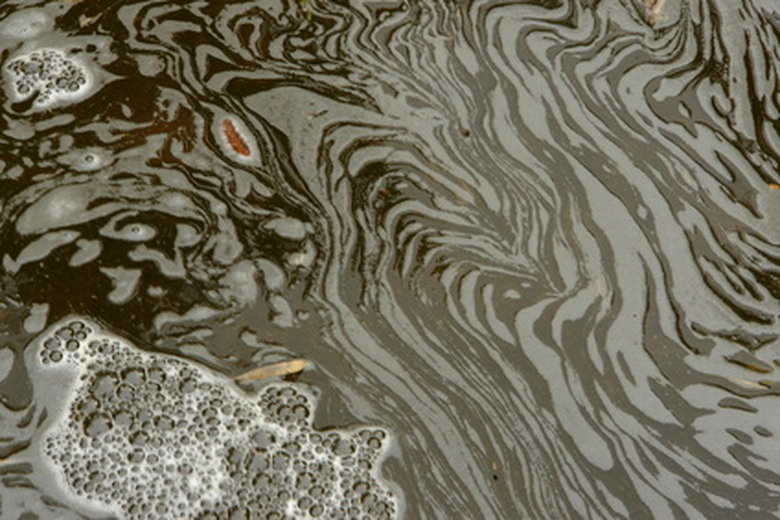How To Put Tide On A Lawn To Grow Grass
Things Needed
- Tide detergent
- Measuring spoon
- 5-gallon bucket
- Garden hose
- Spray applicator
- Rain gauge
When you think of a fertilizer to put on your lawn, a laundry detergent such as Tide may not immediately spring to mind. However, a study by the University of Arizona has shown that gray water leftover from laundering clothing in detergents such as Tide may help to green up your lawn. Scientists at the University of Arizona theorize that this may be because detergents contain minerals such as phosphorus that are commonly found in fertilizer. Adding detergents such as Tide to your lawn is a simple process.
Step 1
Mix ½ to 1 tablespoon of Tide detergent with 1 gallon of water in a 5-gallon bucket.
Step 2
Pour the detergent water into the holding chamber of a garden hose spray applicator.
Step 3
Attach the spray applicator to the garden hose at the hose coupling located at the back end of the spray applicator.
- When you think of a fertilizer to put on your lawn, a laundry detergent such as Tide may not immediately spring to mind.
- Adding detergents such as Tide to your lawn is a simple process.
Step 4
Turn on the hose at the spigot.
Step 5
Point the applicator away from you and turn it on. Soapy water should emerge in a spray from the end of your hose applicator.
Step 6
Walk in an even pattern over your lawn. Hold the applicator in front of you and wave it across the lawn in front of you in a fan gesture. Move your arm from left to right at a 45-degree angle.
Step 7
Water your grass every 7 to 10 days using 1 inch of water. Use a rain gauge to determine when your grass has received an inch of water.
- Turn on the hose at the spigot.
- Use a rain gauge to determine when your grass has received an inch of water.
Tip
In addition to minerals, Tide detergent also contains sodium as a water softening agent. Over time, the presence of sodium in soil can cause it to become compacted. Monitor your soil for signs that this is happening and add organic fertilizers such as compost to the soil to help prevent soil from becoming compacted.
